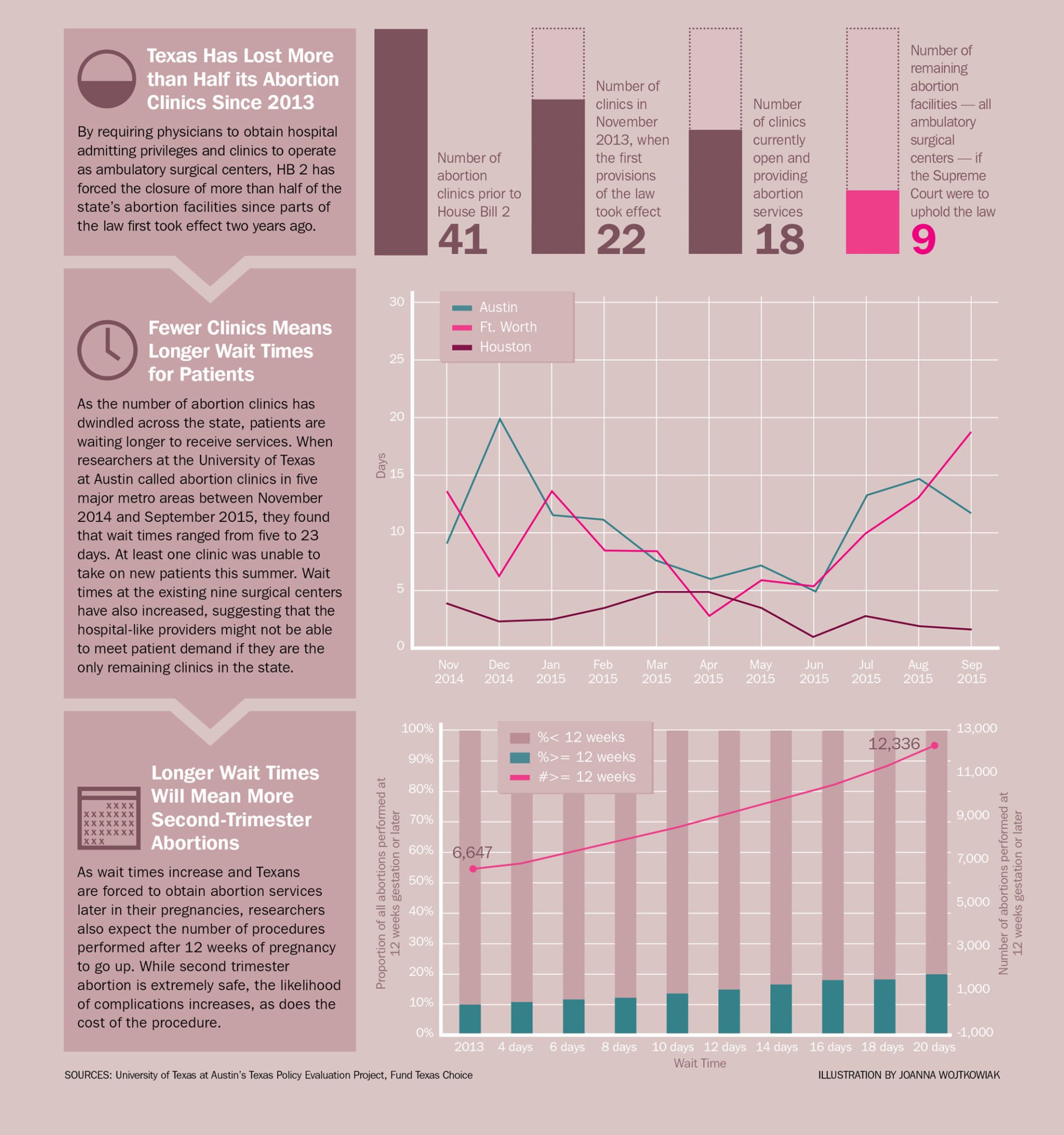
It’s Crunch Time for Education Reform Bills

Above: U.S. Army Reserve Staff Sgt. Andrew J. Palmer (left) reads to students at Sidney A. Wright Elementary in San Antonio on Jan. 4, 2012.
Throughout the legislative session, Lt. Gov. Dan Patrick has painted a dire portrait of hundreds of Texas public schools.
Currently, Patrick remarked during a March press conference, almost 150,000 students languish in nearly 300 failing schools across the state. He vowed to fix the problem.
The measures he championed include red-meat education reform proposals with appealing names: rating schools on an A-F scale; a state-run “opportunity school district” to oversee low-performing schools; a “parent empowerment” bill making it easier to close struggling schools or turn them into charters; expanding online classes (taxpayer funded, but often run by for-profit entities); and “taxpayer savings grants”—private school vouchers, effectively—to help students escape the woeful public system.
Patrick has long fought for many of these, but now that he holds one of the state’s most powerful offices it seemed, going into the session, that his reform agenda would be better positioned than ever before.
The president of Texans for Education Reform, Julie Linn, certainly believes so. She boasted in a January editorial about the potential for success under Patrick’s leadership. “The momentum is in place to make 2015 a banner year for education reform in Texas,” Linn wrote.
Teacher groups and public school advocates have a different take. As they see it, Patrick’s agenda is not a recipe for well-intended reforms but an attack on chronically underfunded public schools.
“There is a concerted, well-funded attempt to dismantle public education,” Rev. Charles Foster Johnson, executive director of the public school advocacy group Pastors for Texas Children, told the Observer in March. Johnson blamed elected officials who aim to “demonize and blame teachers and schools for the social ills and pathologies of our society at large.”
Patrick’s education proposals tap the reform zeitgeist that has increasingly gained political favor, both in Texas and nationally, during the last decade.
Patrick’s education proposals tap the reform zeitgeist that has increasingly gained political favor, both in Texas and nationally, during the last decade. From President Obama to presidential hopefuls Jeb Bush and Sen. Ted Cruz, education reform has created odd bedfellows, obscuring policy fault lines between Democrats and Republicans like perhaps no other issue.
Reform critics, though, point out that test scores have always closely tracked family income rather than school quality. They note how schools with high rates of poverty are more likely to be low-performing if the state uses test scores as the primary measuring stick. “The real problem,” Johnson said, “is that we don’t have the political will to assign those schools the resources they need.”
Regardless of where you stand in the debate, with less than two weeks left in the 84th Legislature we can begin to gauge the success of Patrick’s reform agenda, much of which is being carried by his successor as chair of the Senate Education Committee, Sen. Larry Taylor (R-Friendswood).
A-F Campus Ratings
Proponents say a simple A-F rating system gives parents a more transparent way to determine the quality of their local schools. Texas’ current rating system includes two categories: “met standard” and “needs improvement.”
Despite vehement opposition from educators across the state, Taylor’s Senate Bill 6 passed the Senate and was ready for a vote in the House Public Education Committee. But that did not happen.
Instead, Rep. Jimmie Don Aycock (R-Killeen) rolled the A-F rating language into his House Bill 2804 last week. HB 2804 is Aycock’s effort to reduce the importance of standardized tests, and he has argued that the new rating scale wouldn’t matter much. “We have to call them something,” he told House members repeatedly during debate about his bill last Thursday.
In an impassioned speech on the floor of the House that night, Rep. Larry Phillips (R-Sherman) pleaded with his colleagues to remove the A-F ratings from Aycock’s bill. “You think just because you rate someone ‘A’ through ‘F’ they are going to do a better job? No,” Phillips said.
Sen. Jose Rodriguez (D-El Paso) warned in March that an “F” rating would stigmatize schools, making it harder for low-rated schools to retain teachers, staff and students. “In assigning ‘F’ grades to some of these campuses,” Rodriguez said, “are we not really consigning them to failure permanently?”
But with House support for the measure in Aycock’s bill, Texas appears likely to join at least 14 other states in rating its schools like an elementary school spelling test.
Opportunity School District

Senate Bill 669 by Royce West (D-Dallas) would allow the state to take control of low-performing schools, thereby superseding the authority of locally elected school boards.
If schools have low-performance ratings for two consecutive years, the Texas Education Agency could move them into a statewide “opportunity” school district in the hopes of turning them around. The bill would then allow TEA to turn the schools over to private charter operators, among other options.
“We have a collective statewide responsibility to figure out how we turn around the cycle of despair in schools that have been failing year after year after year,” said Mike Feinberg, CEO of the KIPP charter school chain, at a Senate hearing in April.
At the same hearing, Patty Quinzi of the Texas chapter of the American Federation of Teachers argued that the new state-run district was “basically a business opportunity and that’s it. … This was a bill that was designed by the American Legislative Exchange Council, which is co-chaired by private charter school managers.”
The “opportunity” district bill passed the Senate on a 20-11 vote, but some observers say support for the measure is shakier in the House. The bill will be heard in the House Public Education Committee on Tuesday.
“Parent Empowerment”
Under a measure passed in 2011, parents can petition the state to turn schools with five consecutive years of poor state ratings into charter schools, to have the staff replaced, or even to close the school. It’s a tactic known as a “parent trigger,” and Taylor’s Senate Bill 14 would reduce that period to three years.
“This is about parent empowerment,” Taylor said when he introduced his bill in March. “[Five years] is too long to have young children stuck in a school and to have people defending that failing school district.”
California adopted the nation’s first parent trigger law, and its use there has prompted controversy. Critics say the few instances when the law has been invoked led to community conflict, teacher attrition, and dubious results. Nevertheless, reform advocates hope to spread and strengthen such laws across the country.
SB 14 easily passed the Senate in April but has less support in the House. The measure will also be heard in the House Public Education Committee on Tuesday.
Virtual Schools
Texas law allows public school students in grades 3-12 to take up to three online courses, paid for by the student’s school district at up to $400 per course. Senate Bill 894, by Taylor, would lift the three-course cap and extend online courses to students in kindergarten through second grade.
Texas needs to remove existing barriers and provide greater opportunity for students to access online courses, Taylor said as he introduced his bill in March.
David Anthony, CEO of Raise Your Hand Texas, a nonprofit education advocacy organization, has called SB 894 a “virtual voucher” that would drain funds from public schools and direct them to for-profit virtual school providers.
Research has shown that student performance lags in corporate-run virtual schools compared to their traditional brick-and-mortar counterparts. “There is little high-quality research to call for expanding [virtual schools],” according to a 2014 report from the National Education Policy Center.
SB 894 was voted out of committee in April but has yet to be brought up on the Senate floor for a vote.
Vouchers
After numerous defeats by a coalition of rural Republicans and big-city Democrats during past sessions, the fight for school vouchers returned to the Capitol this session.
Senate Bill 4, by Taylor, would create scholarships to enable mostly low- and middle-income students to attend private and religious schools. Under the measure, private businesses would receive a tax credit for funding the scholarships.
Students from families with an income of not greater than 250 percent of the national free and reduced-price lunch guideline would qualify—for a family of five that means an annual income of about $130,000. Patrick proposed a very similar measure in 2013.
Sen. Donna Campbell (R-New Braunfels) memorably used a hearing on this measure to denigrate public education.
“Today we have a monstrosity, a monopoly,” Campbell said. “It’s called public school.”
“Today we have a monstrosity, a monopoly,” Campbell said. “It’s called public school.”
The bill passed the Senate, but several representatives told the Observer vouchers will be easily defeated in the House. SB 4 is currently stuck in the House Ways and Means Committee, which is chaired by Rep. Dan Bonnen (R-Angleton). Bonnen has emerged as a fierce foe to Patrick this session, and it is not clear if he will even bring the bill up for a vote.
One thing is certain, though, for all Patrick’s posturing and the money thrown at education reform in the last year, the only measure with a seemingly clear path to the governor’s desk is A-F campus ratings.
As for school vouchers, lawmakers dutifully played familiar roles in what has become a perennial fight, but the outcome isn’t likely to be any different this time around.
This session’s grade on advancing the education reform agenda will probably hinge on the measures left in play: the “opportunity” school district, “parent empowerment,” and virtual school expansion.
Depending on your perspective, that grade probably won’t be “A” or “F,” but somewhere in between.


